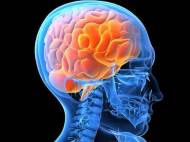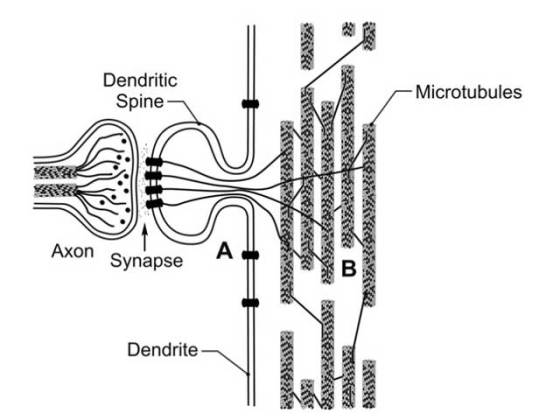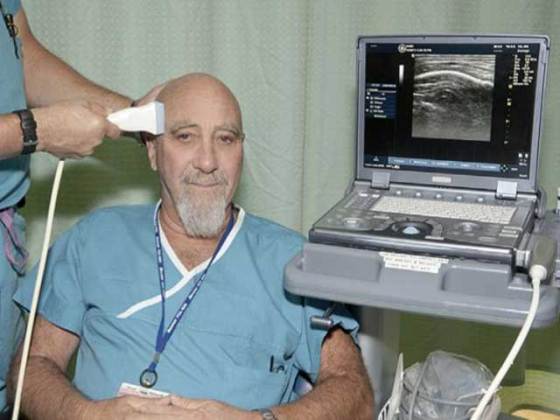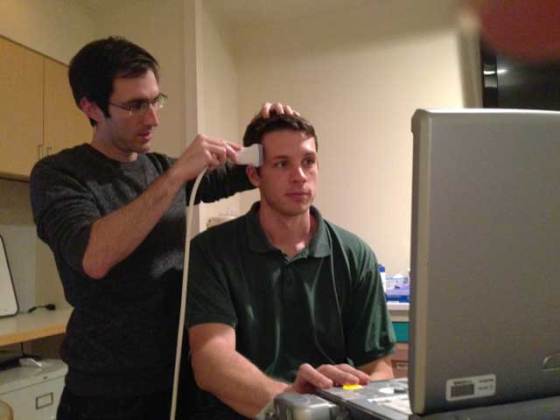Novel use of ultrasound in medicine and for brain stimulation
 Researchers at the University of Arizona (UA) have discovered that ultrasound vibrations applied to specific areas of the brain may affect patients’ moods. This finding could lead to new treatments for various psychological and psychiatric disorders, such as depression and anxiety. It could pave the way for a broad range of new applications of ultrasound in medicine.
Researchers at the University of Arizona (UA) have discovered that ultrasound vibrations applied to specific areas of the brain may affect patients’ moods. This finding could lead to new treatments for various psychological and psychiatric disorders, such as depression and anxiety. It could pave the way for a broad range of new applications of ultrasound in medicine.
Ultrasound consists of mechanical vibrations with a frequency greater than the upper limit of the human hearing range. The human ear can register sounds ranging from 20 to 20,000 cycles (hertz) per second. Ultrasound vibrates in megahertz frequencies at about 10 million vibrations per second. Ultrasound waves, harmless at low intensities, penetrate tissue including bone, and their echo is widely used to image anatomical structures, such as fetuses in the womb, organs and blood vessels.
Microtubules are intracellular structures that structurally and dynamically organize functional activities in living cells, including synaptic regulation inside of the brain’s neurons. These protein structures are linked to mood and consciousness and resonate naturally. Microtubules have been shown to resonate when exposed to megahertz-level sound waves.
Transcranial ultrasound stimulation in chronic pain patients
Initially, the research team tested ultrasound treatment for mood on themselves. Stuart Hameroff, professor emeritus of the UA’s departments of anesthesiology and psychology and director of the UA’s Center for Consciousness Studies, personally tested an ultrasound transducer – a standard ultrasound imaging device. After 15 seconds of treatment and one minute of pause his mood was elevated for the next hour or two.
In order to exclude the possibility of a placebo effect, researchers decided to test the ultrasound machine with a clinical trial. They applied transcranial ultrasound (TUS) to 31 chronic pain patients at the University of Arizona Medical Center-South Campus. In this double blind study, neither doctor nor patients knew whether the ultrasound machine had been used.
When the machine was switched on patients reported improvements in mood for up to 40 minutes following treatment, while no difference in mood was reported when the machine was switched off. The patients’ subjective reports of increases in positive mood were confirmed with a Visual Analog Mood Scale (VAMS) – a standardized objective mood scale often used in psychological studies. According to UA researchers, this pilot study showed safety and some efficacy for clinical use of TUS.
“We frequently use ultrasound in the operating room for imaging. It’s safe as long as you avoid excessive exposure and heating”, said Hameroff.
The high-frequency vibrations of ultrasound, undetectable when passing through the body, may be safer than existing brain stimulation techniques such as transcranial magnetic stimulation (TMS). TMS is used to treat clinically depressed patients, but it can have side effects such as unpleasant sensation of magnetic waves moving through the head.
For more information, you can read the article published in Brain Stimulation: “Transcranial Ultrasound (TUS) Effects on Mental States: A Pilot Study” [557KB PDF].
Transcranial ultrasound stimulation in healthy volunteer
Jay Sanguinetti, a doctoral candidate in the department of psychology and his adviser John Allen, a UA distinguished professor of psychology, conducted a follow-up study of ultrasound on healthy UA psychology student volunteers. They applied 2 megahertz for 30 seconds and recorded vital signs such as heart rate and breath rate, and used double blind clinical trial to verify the statistical significance of their findings and to exclude any possibility of a placebo effect.
“With 2 megahertz those who were stimulated with ultrasound reported feeling ‘lighter’, or ‘happier’; a little more attentive, a little more focused and a general increase in well-being”, Sanguinetti said. “What we think is happening is that the ultrasound is making the neurons a little bit more likely to fire in the parts of the brain involved with mood, thus stimulating the brain’s electrical activity and possibly leading to a change in how participants feel.”
Research team is collaborating with Silicon Valley-based company Neurotrek, which is developing a wearable device that will noninvasively and safely interface with our brain using ultrasound to regulate neural activity. Working with a prototype of the Neurotrek device, they will test its efficacy and potential applications.












Are there any current studies for Trans-Cranial use with Dementia & Alzheimer patients. Do you need Volunteers or are there any programs for this Ultrasonic Treatment.
i think if this can help enough people i think thats just awsome!!